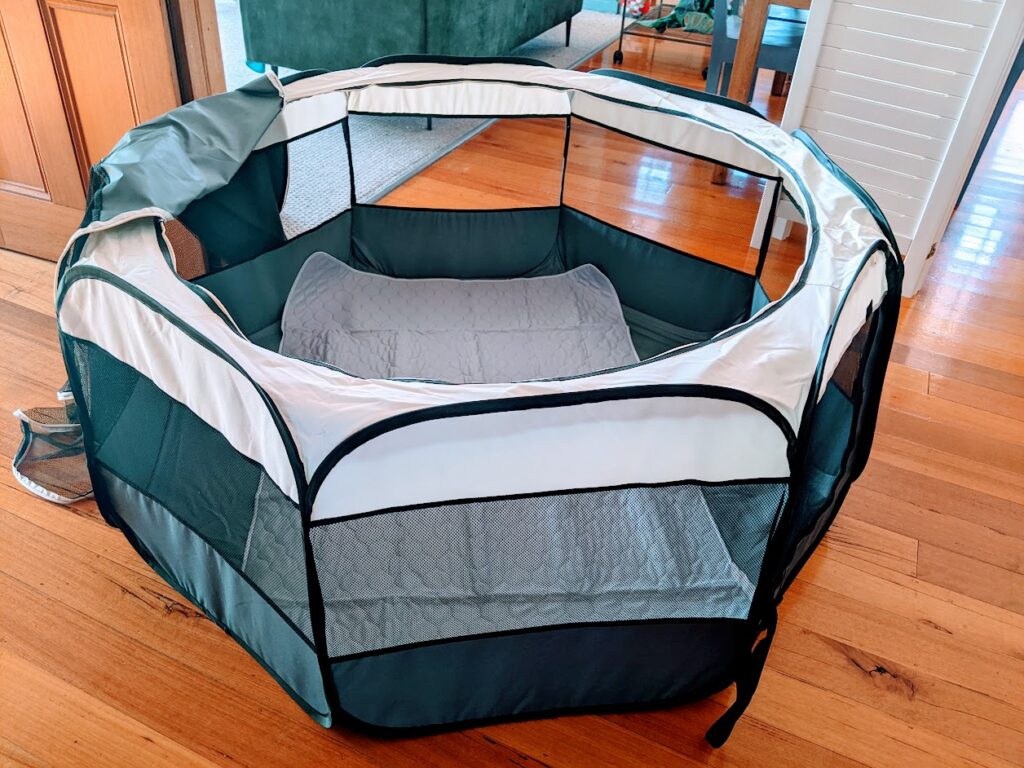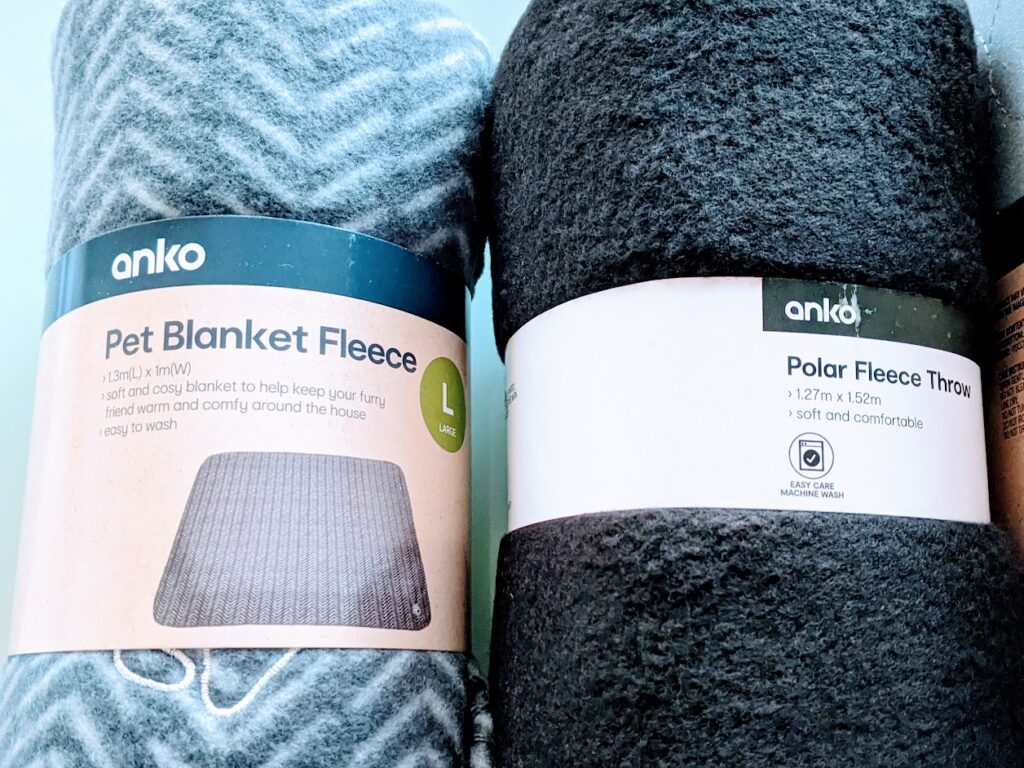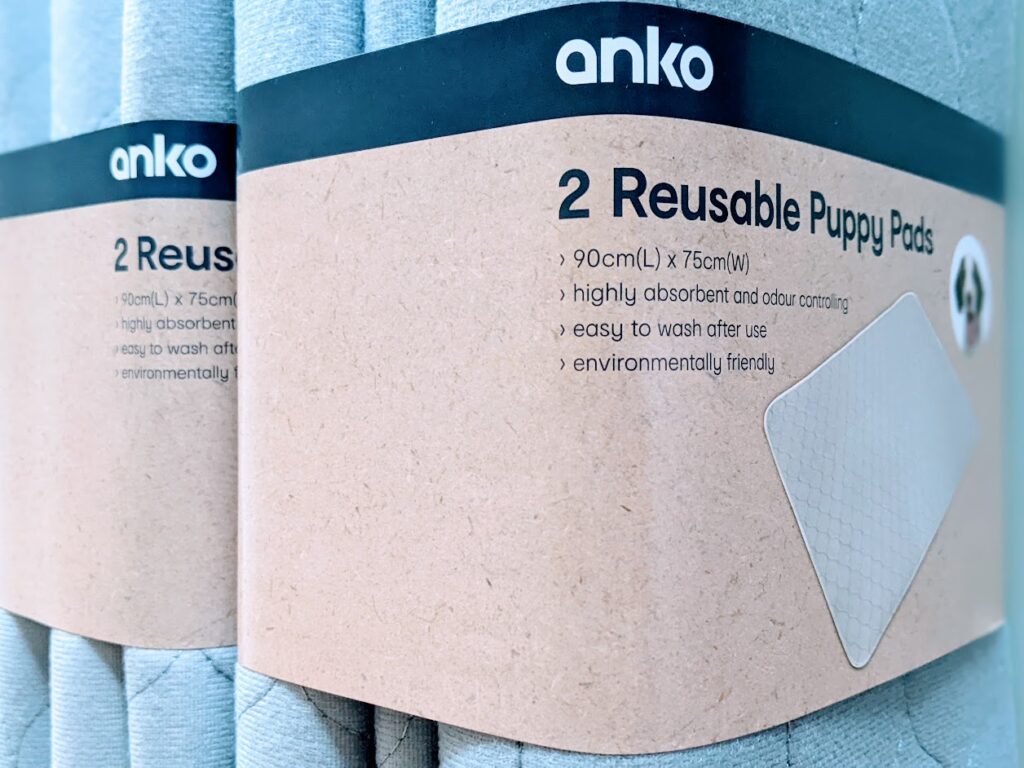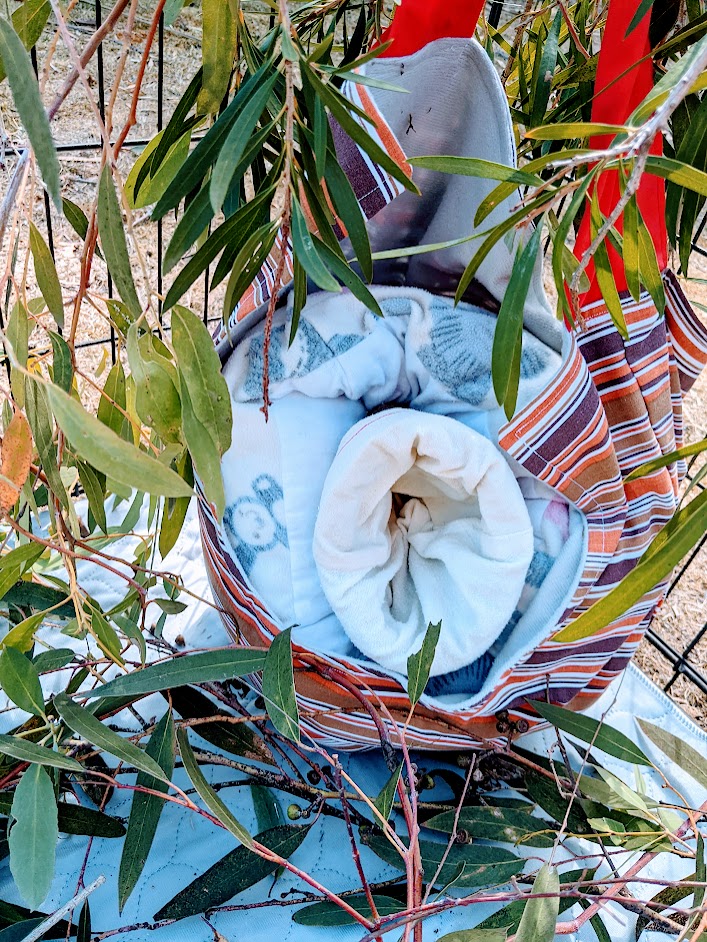It’s always busy around here, but the last few weeks have ramped up a gear or two because I’m organising a welcome event/launch to celebrate the relocation of both my business – Write from Source© and Gaia’s Light Spiritual Consultancy. I have also been finalising the redecoration of my studio, while working on a structural and developmental edit with one of my beautiful clients – so yes it’s been a tad crazy. As always though, just because I’ve been quiet on here, or busy elsewhere, it doesn’t mean I haven’t been making mini inroads on my wildlife rescue journey, and the past week has been no exception.
When you move to a new state or a new country, it takes longer to get even the simplest of things done. It just takes you longer to figure things out like the right people to go to, the shops available to you or how far, or difficult, a drive something or someone is from where you live. These are all things that come with time, but at the start can really slow things down. I’m just getting used to a new climate and changeable weather patterns (it was 29 degrees yesterday, but today it’s randomly dropped to a chilly 15). I’m also having to take time out to research what’s native or what’s considered an invasive species in Tasmania. Suffice to say, you have to be prepared to just get out there, ask the questions and find your way. Luckily for me there’s no shortage of helpful people on the wildlife rescue side of things. It’s inevitable some things will fall through the cracks or be misunderstood, because there will be a level of “assumed knowledge”, while conversely on the other side “you don’t know what you don’t know” …and I feel that’s been the way of it thus far…lol. On a positive note though, I did have one aha moment that had been slowing me down somewhat, so I’ll share that in a moment.
Practicalities of getting equipped
One of the more ‘practical’ things slowing me down was the materials needed to create my ‘stage 2’ enclosures. I had everything I needed in NSW but when you pack up a small acreage and relocate across the Bass Strait, you have to get serious about selling or giving away items you could replace at your destination. The cost to ship household items is eye-watering so you can’t be sneaking random items that ‘might’ come in handy on the other side. I gave most of my rescue paraphernalia to WIRES, only keeping some of the pricier items I had purchased,
On the up side, that does mean you get to do a little shopping when the funds allow, so last Friday that’s exactly what I did. A frenzied Friday evening, online Kmart shop! If you are wondering what type of things you might need for a ‘stage 2’ macropod enclosure, or a ‘stage 2’ possum enclosure, here’s just a few of the items you’d be looking at purchasing: a collapsible dog play pen, and/or crate, shade cloth, heat pads, towels, a digital thermometer, macropod pouches, fleece blankets, large blankets, puppy training pads, bottle for feeding/or feeding stations …. and so on. I won’t deny the joy I felt as the delivery van arrived a few days later.
So, over the weekend I was able to get to work and create a couple of small rehabilitation enclosers, and a generic hospital enclosure for a small bird – all whilst scoping out potential larger enclosures for wildlife in the future. Having sourced 75% of the materials I need (courtesy of Kmart and ARC’s Creative Guild), I got to work. It was a couple of day’s (baking hot) work – attaching that shade cloth to a crate and a bird cage in a safe manner is a finicky job- but by Monday morning I had 3 suitable small enclosures.
Embracing change – and new ways of doing things
Now, going back to the area of confusion I mentioned at the start of my meanderings. The confusion that set me back considerably was more about “permits, process, pathways and possibly varying terminology”. From all I had heard and read thus far, I had to request a Permit from the Department of Natural Resources and Environment if I wanted to rehabilitate any/all wildlife (assuming I had the training). In NSW, WIRES holds a license (issued by the NSW National Parks and Wildlife Service), and as a member of WIRES you have the authority to rescue, foster care rehabilitate and release native wildlife. In Tassie you are ‘independently’ registered (and thus applying for a Permit made perfect sense to me).
I was also under the impression in Tasmania, you “had” to start your rehabilitation journey with pademelons, possums and wallabies of a specified weight. I’m still not a 100% if this part is true but I’m starting to think this is just one possible pathway that I seemed to have landed on, but like I said, I’m not sure …lol.
What I did find out from a helpful human in the government department is, a Permit is only required when you’ve had the training, a specified amount of experience (approved by your Mentor) – and have the facilities – to fully rehabilitate wildlife throughout its life cycle – to the point of release. There is a Rehabilitation Pathway for Mammals and a Rehabilitation Pathway for Avian ( vital information which had been missing from the documentation I originally received – it has since been updated 😊 )
When you train with WIRES you are trained to rescue, foster, rehabilitate and release whichever species you have specialised in – from snakes to koalas or raptors and bats to macropods. You refresh your training every 3 years. You have buddies and co-ordinators for every species and everything is pretty well defined. As soon as you have done your training you can get to work, knowing you have your species co-ordinator to talk you through things on the phone – or a buddy that’s a few months ahead of you that you can call up and say ‘hey what did you do in this situation?’. You can work across any weight and any scenario – the only limitation is to work within whichever level of comprehensive training you’ve completed. If you have the appropriate space for soft release – great – but generally amongst the volunteers you will work out the best release site (unless of course you are able to take the animal back to its territory).
In Tassie, it feels like there is more of a ‘hierarchy’ of individual rescuers – carers – and “rehabilitators” and “Mentors” who have had x amount of years’ experience and worked their way up across a range of weights/development cycle of each animal. It seems to be much later in your rescue journey before you can specialise in anything other than possums, wallabies or pademelons.
The Mammal Pathway is segmented according to weight so you start off in Tier 1 with macropods and possums at a specified weight (for example with regard to possums you can only take on fully furred Brushtails at 350g+ (even though I have had experience with older Possums and Ringtails). You’re not able to take on Wombats or Bandicoots, nor can you take on Echidnas, native rodents, micro bats, Tassie Devils, Quolls, Antechinus or anything else until you reach Tiers 3 and 4. It’s just a case of different processes and pathways and I’m sure the approach is purely down to a lack of resources and manpower to do comprehensive training for each species.
Long story, short, it turns out, I don’t need to apply for a Permit as a Tier 1 rehabilitator (but I do need to Register). My previous experience will stand me in good stead in the future, as will working with a mentor to get the larger enclosures built – but all in good time. It seems Tier 1 is the first step on the Pathway to rescue Tassie mammals.
As it is, I have started and committed to that particular pathway so that’s what I’m set up for at the moment. I will be Registered to care for/rehabilitate specified weights across macropods and possums with mentoring across around 30 little souls, before moving up to Tier 2. I believe there is also a Tier 1 for Avian, which I will look into once I’m up and running on the mammal’s side.
I am also just sussing out the Reptile/Venomous snake side of things because I trained with a different group in Tasmania for this (Reptile Rescue Inc) and it seems this is not part of any ‘Pathway’ I have seen thus far. You do require a Permit for Herpetofauna to keep snakes/reptiles and the ‘helpful human’ at the Department did send me a form for this when she saw I had various certificates in that area (thank you 😊). I’m not altogether sure if that means I will be receiving a Permit just yet – but I have taken the first steps towards rescuing/relocating or holding snakes and reptiles in my care so we shall see what transpires.
For many of you, this may not be a particularly enthralling blog, but I thought it was useful to document my experience because it may help someone in the future. As I said earlier, you don’t know what you don’t know – so I’m still slowly feeling my way here and there. This experience will soon be forgotten once I’m a few months or years along the line, so early days insights are always helpful to share in the moment.
The reality is, in Tasmania there are not enough registered carers and rehabilitators. Any training is provided by dedicated individuals, independent businesses (Reptile Rescue Inc for example), or volunteers who either have attachments to organisations such as Bonorong Wildlife Sanctuary or the Department of Natural Resources. I am so grateful for all these people do in their working hours, let alone their free time. Much of my training and development will be down to me to find these offerings, with the assistance of various mentors who will guide me through these early months.
You can see – it all takes time to prepare yourself, particularly if you have to balance work and commitments too. I feel I’ve been on quite the learning curve these last few months, but particularly since mid- February when I took part in the mammal training. I know it will all happen in good time, but it’s hard when you know there are little wildlings out there, needing assistance and a safe place. All I can do is make sure I am equipped to look after them when my Registration comes through – and that is happening, bit by bit, day by day.
Until next time Little Wild Hearts x
KMart Goodies




